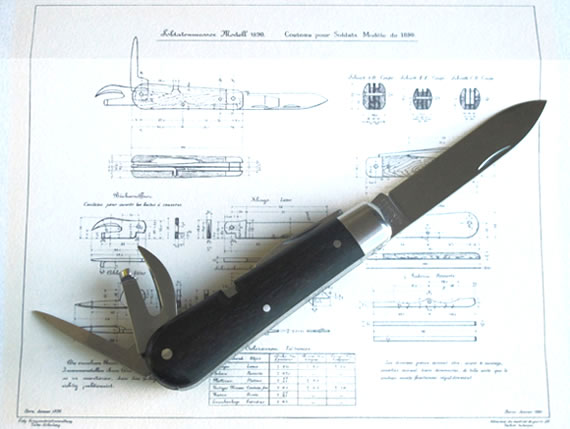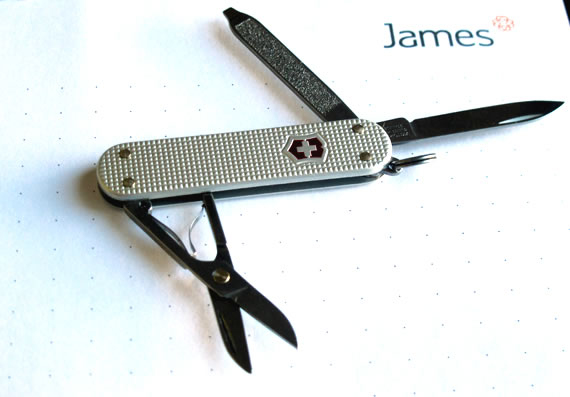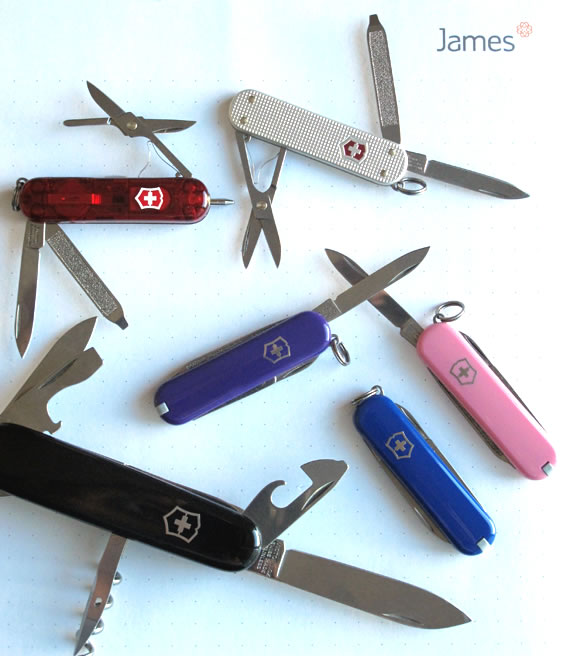We all like engaging brand stories and have our favorites, but nothing resonates as much as a ‘heritage’ brand: a brand, with a pioneering spirit, that has existed for decades and has the potential to define a country; much beyond any ad campaign.
In our opinion, one such iconic brand is ‘Victorinox’, more commonly known as the ‘Swiss Army Knife’. With a 130-year history, today, Victorinox is still family-owned, is exported to over 100 countries and employs over 1700 people.
Although known today as Victorinox, the company started under a completely different name. In 1884, Karl Elsener, started a cutler-business with his mother called “The Elsener Knife Company”. When, in 1890, the Swiss government decided to order pocketknives for each of its soldiers, Elsener formed an alliance with fellow Swiss cutlers and set out to win the contract. He worked on a revolutionary idea – a knife that offered numerous practical functions in a compact form. However, due to competition from a German company, the price offered for the knives quickly reduced, and his fellow colleagues soon abandoned him. Owing only to the funds provided by friends and family, Elsener managed to keep his business afloat, and having won the government contract, in 1891, he produced the very first soldier’s Swiss Army knife.
Yet even in 1909, counterfeiting was rife. Elsener recognized that due to a number of Deutschland companies imitating his Swiss Army knife’s design, he needed to distinguish his products. This is when the company came up with, what is now a global iconic logo, the cross-and-shield design that is still on every Victorinox product. Sadly, the same year Elsener’s mother passed away, which is when he decided to change the company’s name in her honor. From that point on, the steel blades were all marked with her name – ‘Victoria’ on their base.
Industrial times progressed and 12 years later ‘Stainless Steel’ was invented. This very unique process at the time was ‘inoxidable’, meaning steel that didn’t rust. In Europe, the term used for this new form of metal was “inox,” and hence, not long afterwards, as a fitting tribute to his mother and technology, the company was finally officially renamed ‘Victorinox’; Victorinox = Victor (Victoria – his mothers name) + Inox (Stainless Steel).
Now in 2014, Victorinox makes 35,000 knives every day. One of the greatest challenges the brand faced was post 9/11 when there was a global aircraft ban on carrying pocketknives tools. Sales of Swiss Army knife dropped by almost 30%, seeing which the company introduced sub brand categories such as timepieces, luggage and sportswear; these make up almost 50% of total sales within new product categories.
Victorinox’s brand story and success extends beyond good marketing; when Carl Elsener enthused that “brands are something people identify with” and when Victorinox exudes Swiss values like high quality and professionalism, what one really feels is how the Elsener family is the brand. Their passion, devotion and trust in what they produce go well beyond any calculated PR or brand talk. Victorinox nurture their company and their brand by being truly innovative, exploring new possibilities, and venturing into new products. This might be why Victorinox’s branding turned out to play such a crucial role in the expansion of the company.
Scott Bedbury, the man who has been credited with building the brands of Nike and Starbucks, says: “A great brand taps into emotions. Emotions drive most, if not all, of our decisions. A brand reaches out with a powerful connecting experience. It’s an emotional connecting point that transcends the product.”
At James, we feel that if you look at the history of any great brand, you will find people who are passionate about their work underlying that brand; and in some way that passion transcends into the product and/or experience. Elsener and Victorinox successfully achieved that.



